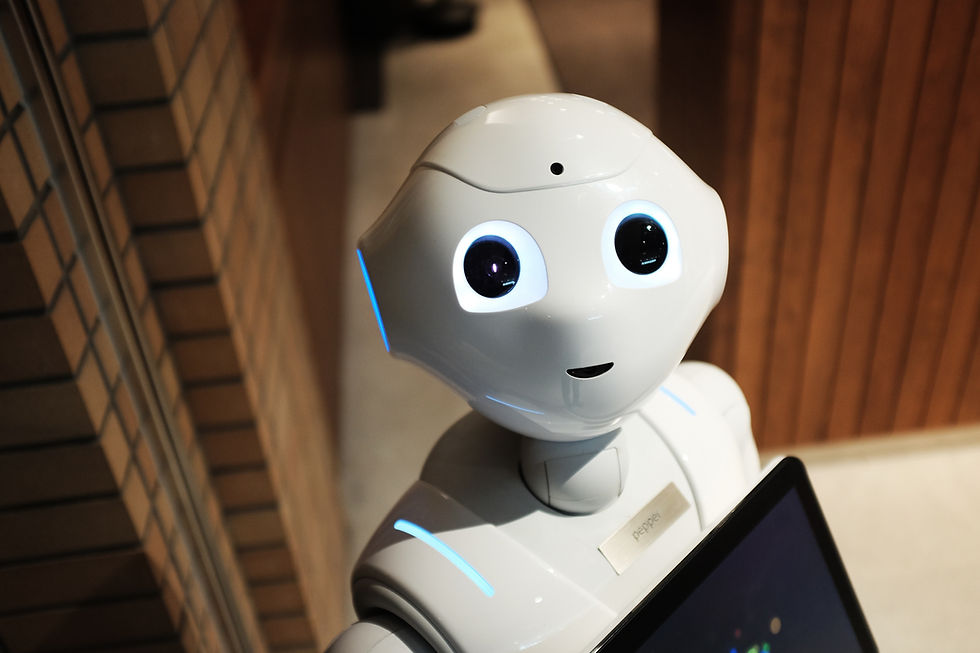AI in Business: Reducing Human Factor in Incidents, but at What Cost?
- Mar 31
- 2 min read

The integration of Artificial Intelligence (AI) into various aspects of business operations has undoubtedly transformed industries, enhancing efficiency, accuracy, and overall performance. However, the question that arises is whether the widespread adoption of AI can eliminate the human factor in incidents. In this blog post, we'll explore the potential impact of AI on reducing human-related incidents, while also considering the broader implications for the workforce and the need for a balanced approach.
The Promise of AI in Incident Reduction: AI brings a level of precision and consistency to tasks that were once heavily reliant on human performance. In industries such as manufacturing, healthcare, and transportation, AI systems can analyse vast amounts of data in real-time, detect anomalies, and make split-second decisions to prevent incidents. The promise of AI lies in its ability to mitigate risks associated with human error, fatigue, and lapses in judgement.
Enhanced Safety Protocols: AI can play a crucial role in strengthening safety protocols. For example, in manufacturing, AI-powered sensors and systems can monitor equipment conditions and detect potential malfunctions before they lead to accidents. Similarly, in transportation, AI algorithms can analyse driving patterns and provide real-time alerts to prevent accidents caused by driver fatigue or distraction.
Continuous Monitoring and Analysis: Unlike humans, AI systems can maintain constant vigilance without succumbing to fatigue. They can monitor operations 24/7, analysing data for patterns and anomalies that might go unnoticed by human operators. This continuous monitoring capability positions AI as a powerful tool for preemptive incident prevention.
Risks and Challenges: Despite the advantages, the complete removal of the human factor in incidents through AI raises certain risks and challenges. Over-reliance on AI systems without human oversight can lead to a lack of contextual understanding in complex situations. Moreover, AI systems are not immune to errors, and their decisions are based on the data they are trained on, which may introduce biases or limitations.
Balancing Automation with Human Expertise: A more balanced approach involves integrating AI as a supportive tool rather than a complete replacement for human decision-making. Combining the strengths of AI with human expertise allows for a comprehensive and nuanced understanding of situations, reducing the likelihood of overlooking critical factors.
Training and Collaboration: Human-AI collaboration requires proper training and education. Employees should be familiarised with AI systems, understand their capabilities and limitations, and be trained to intervene when necessary. This collaborative approach ensures that AI augments human capabilities rather than replaces them entirely.
Ethical Considerations: Introducing AI into various aspects of business also raises ethical considerations. Organisations must prioritise transparency, accountability, and fairness in AI decision-making processes. Ethical frameworks should be established to guide the responsible use of AI technologies.
While AI holds tremendous potential for reducing incidents related to the human factor, a cautious and balanced approach is essential. The goal should be to leverage AI as a tool that complements human capabilities rather than supplants them entirely. By embracing a collaborative model that combines the strengths of AI with human expertise, businesses can enhance safety, efficiency, and overall operational excellence while navigating the ethical considerations that come with this transformative technology. In the end, it's not about removing the human factor but finding the optimal balance for a safer and more efficient future.




Comments